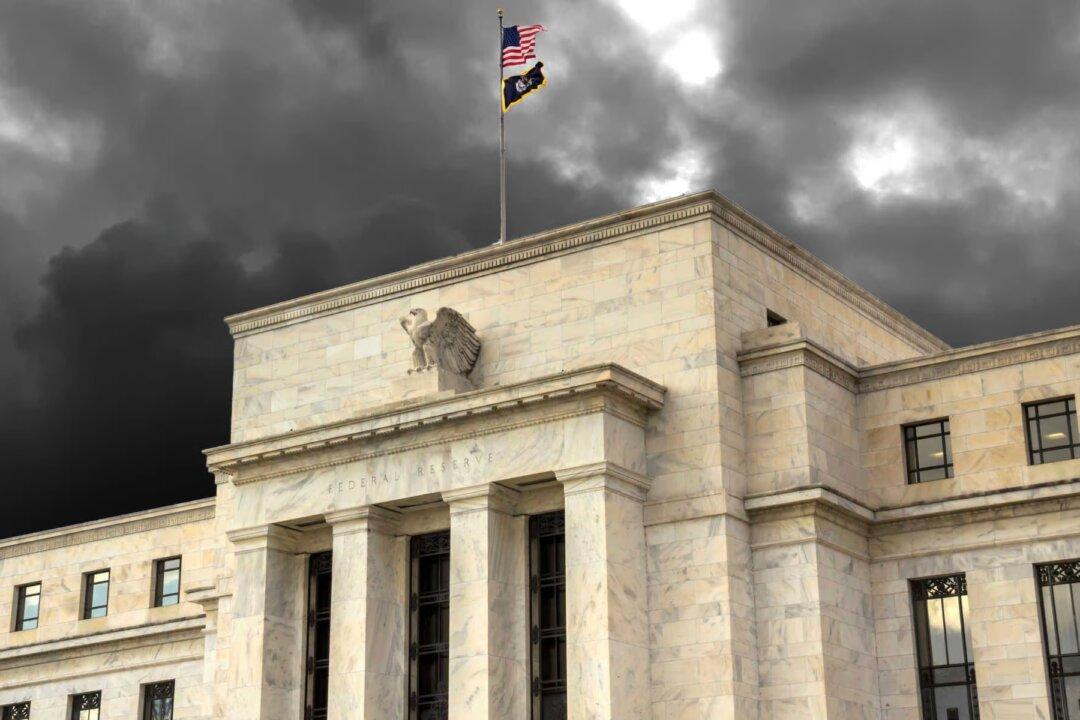The possibility that the United States might slip into a recession has strengthened with the Conference Board Leading Economic Index (LEI) remaining in the red in October.
The LEI fell by 0.8 percent last month, to 114.9, after falling by 0.5 percent in September, according to a press release on Nov. 18. During the six-month period between April and October, the LEI declined by 3.2 percent, which is a reversal from its 0.5 percent growth seen in the previous six months.





